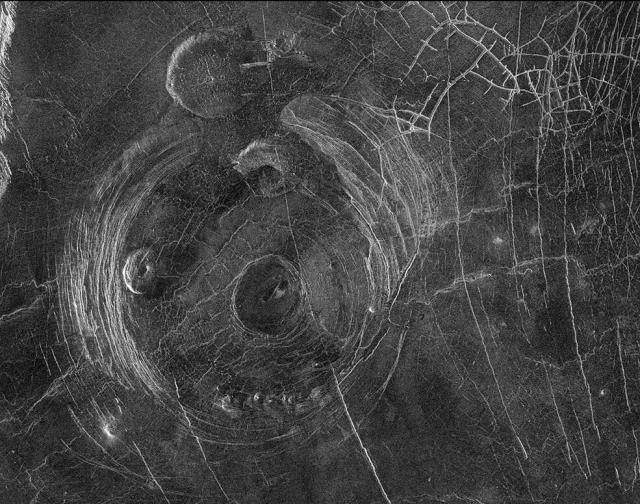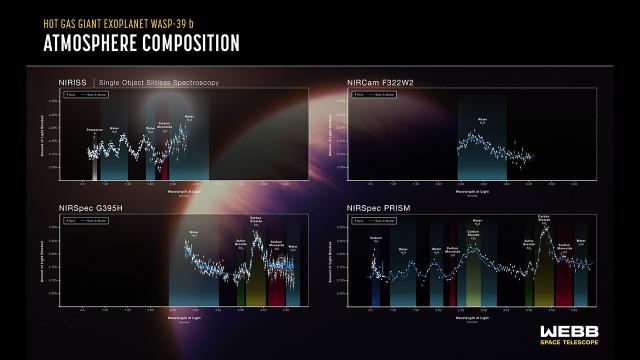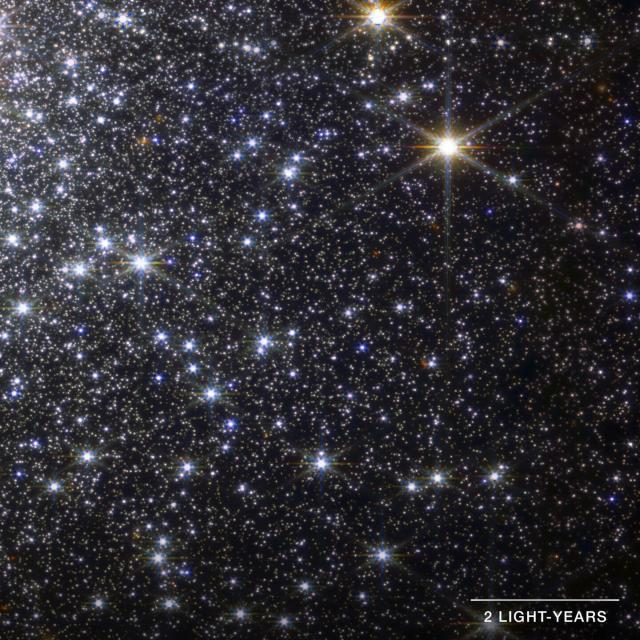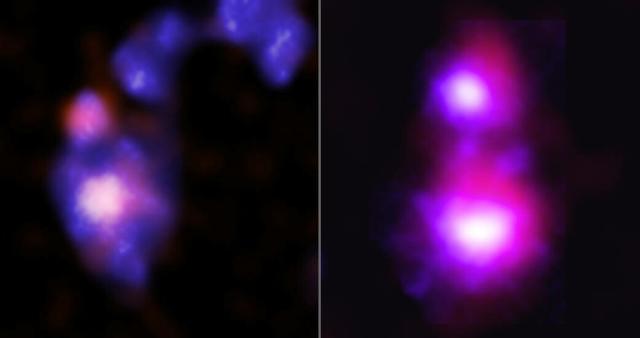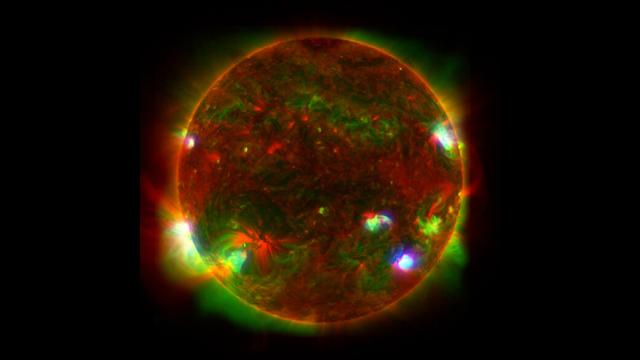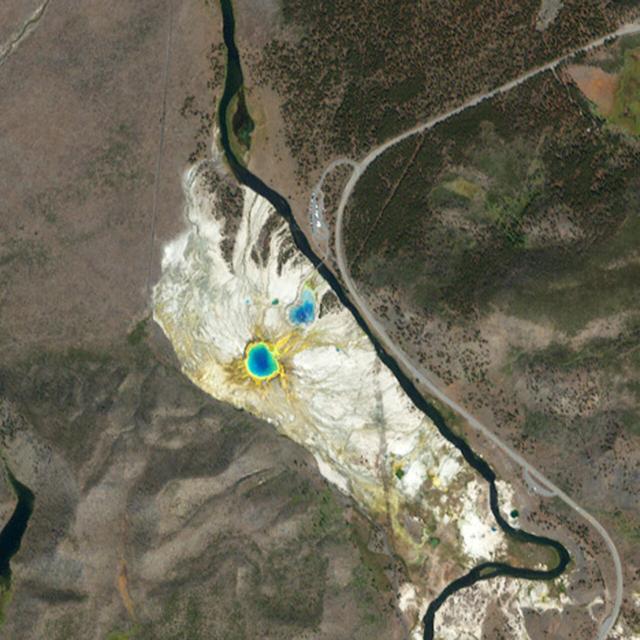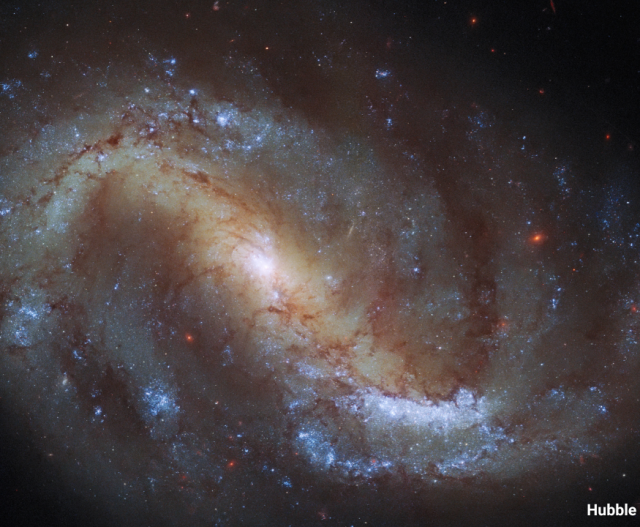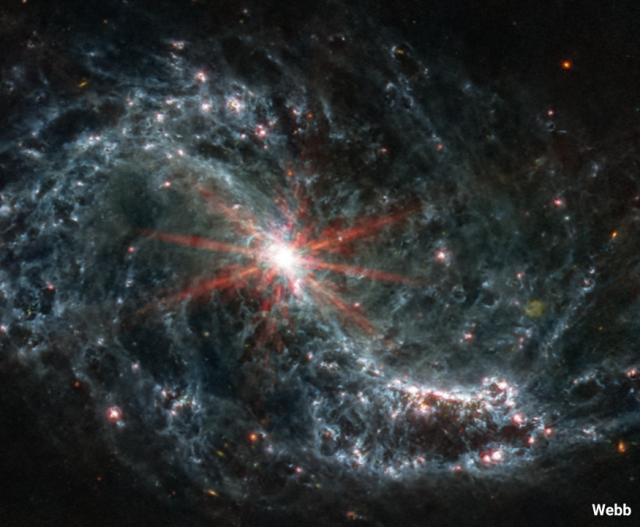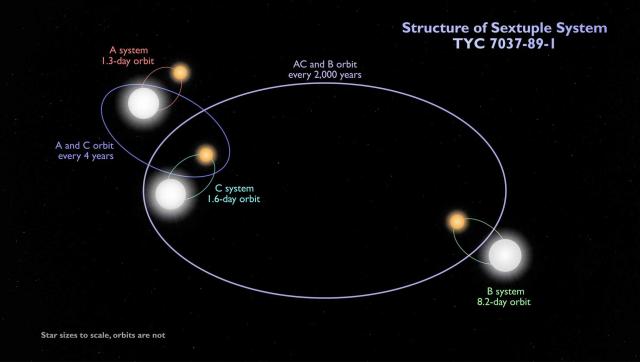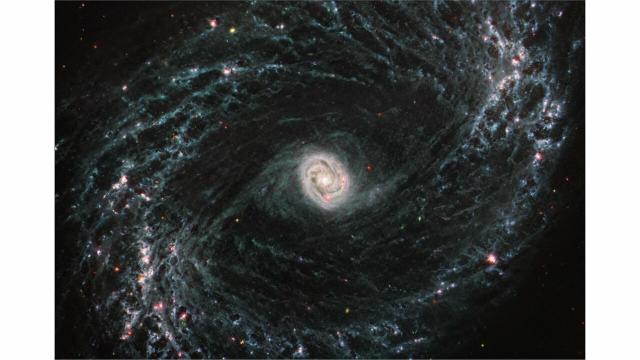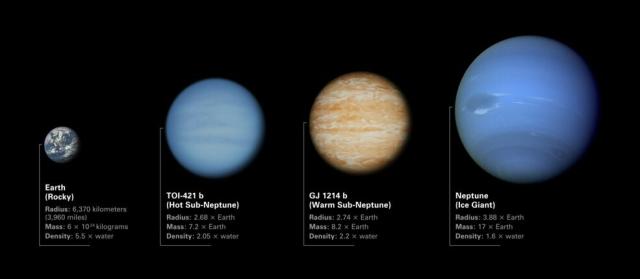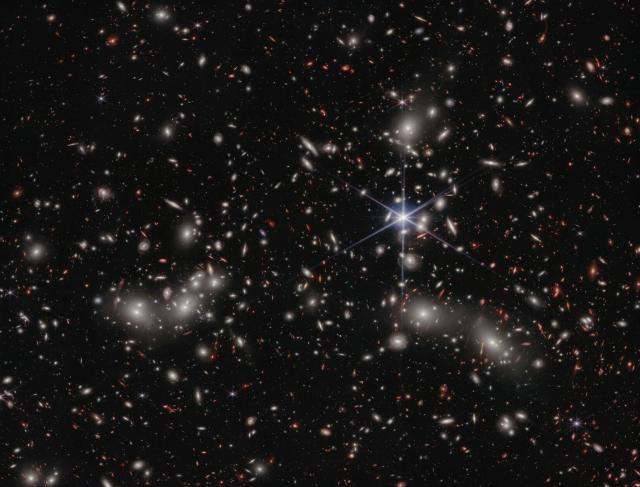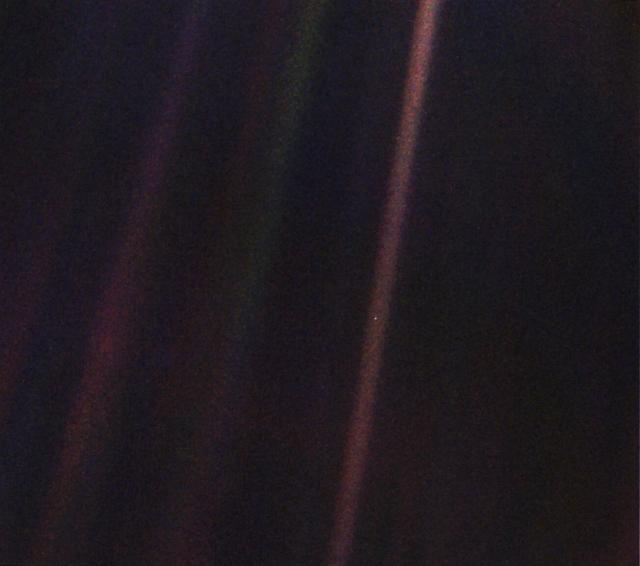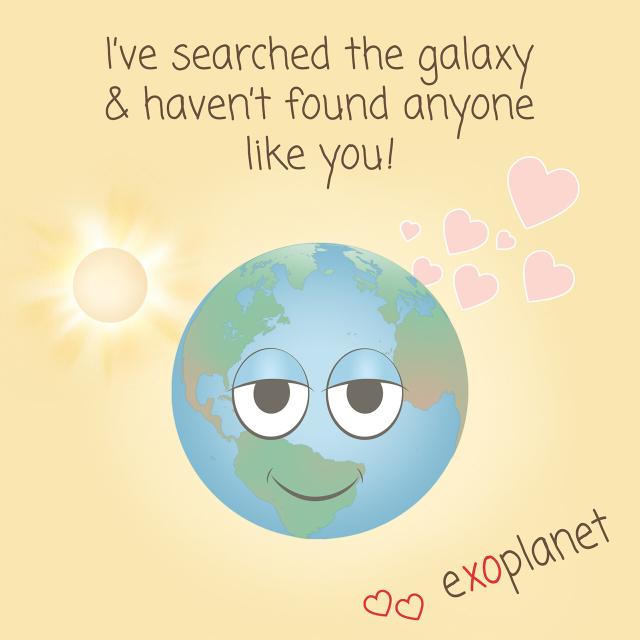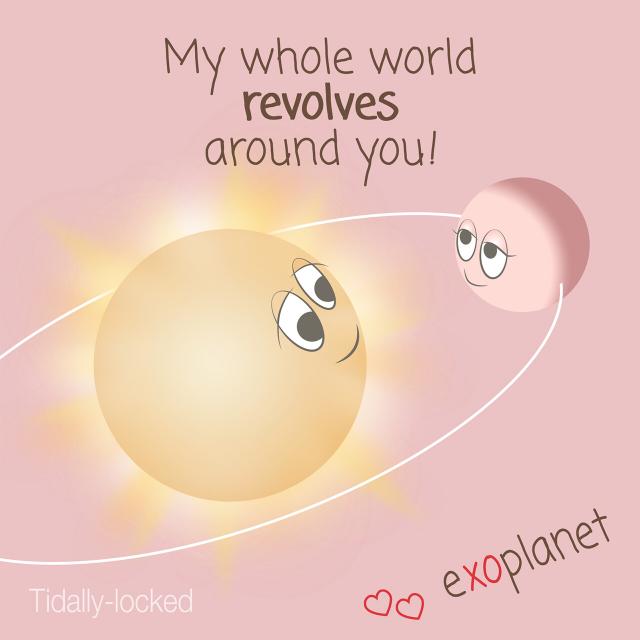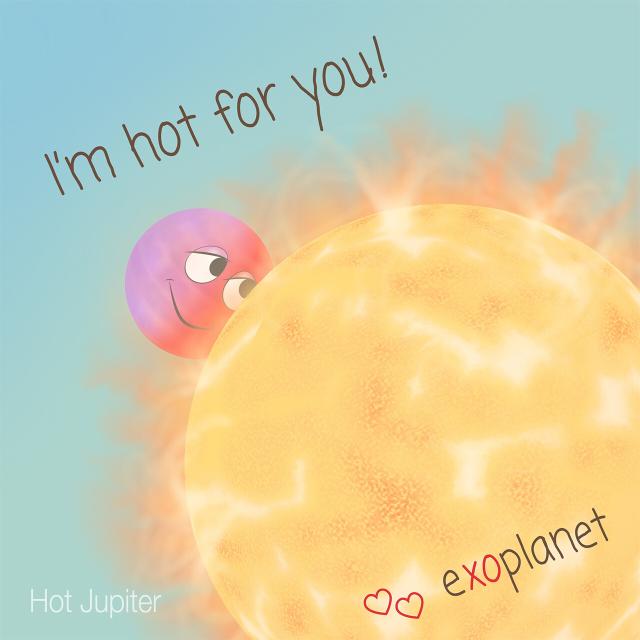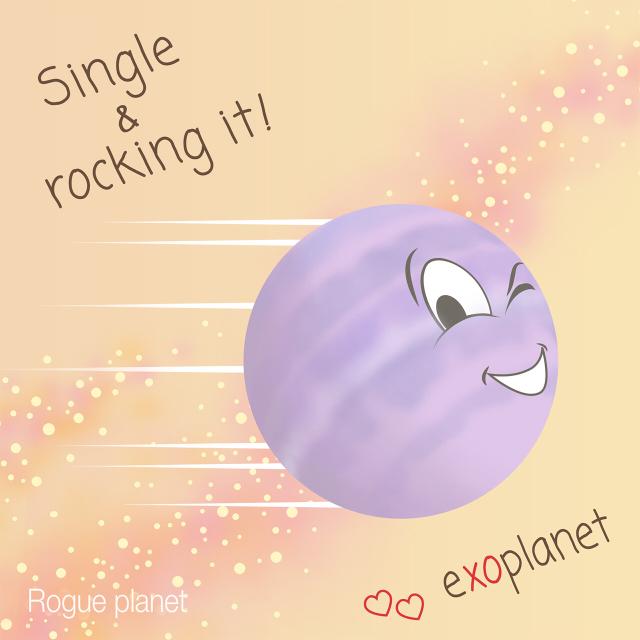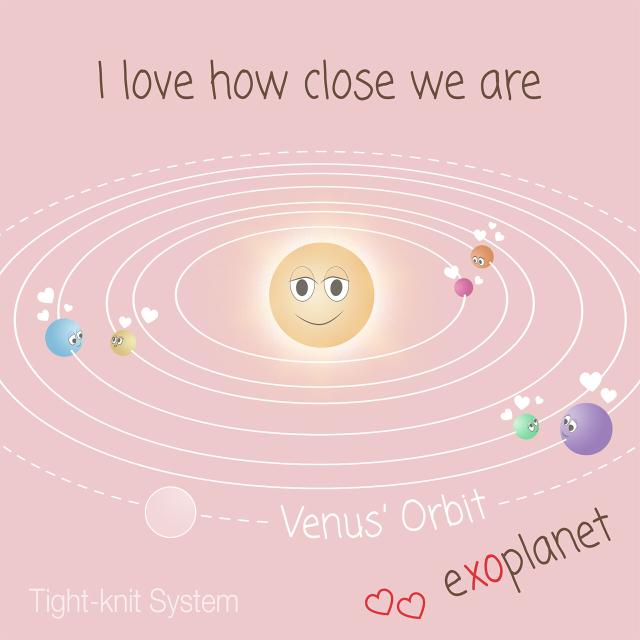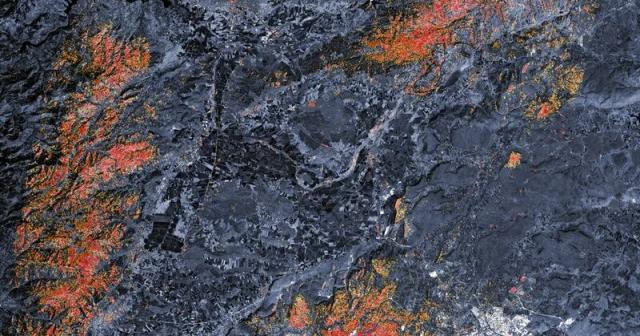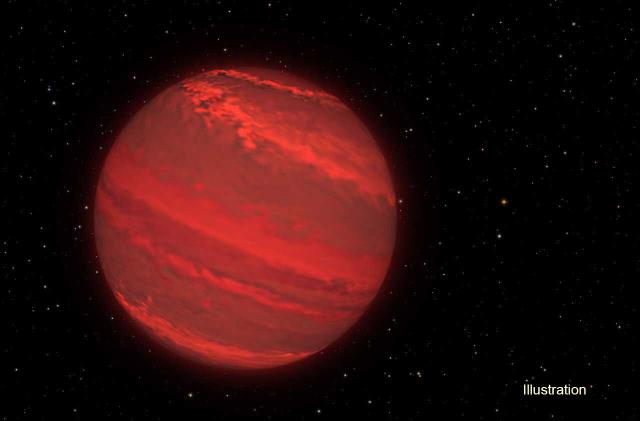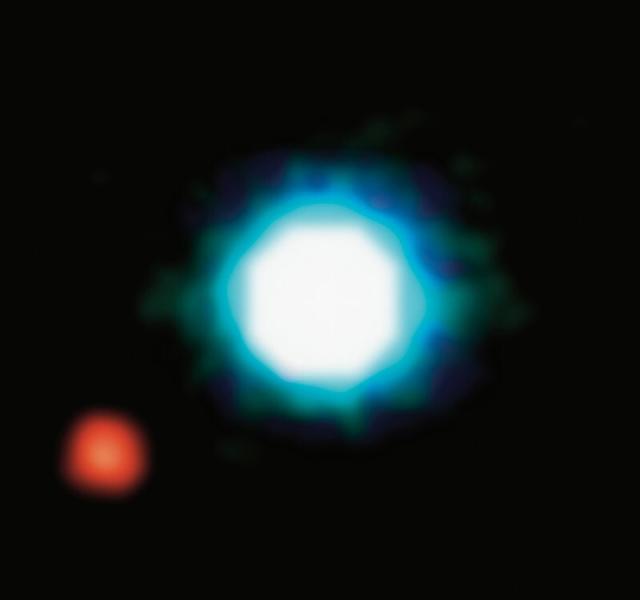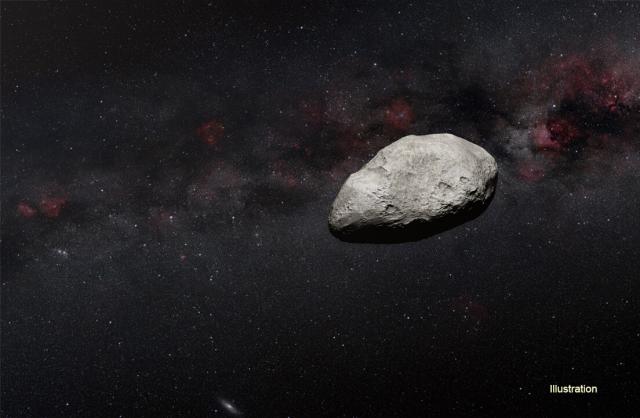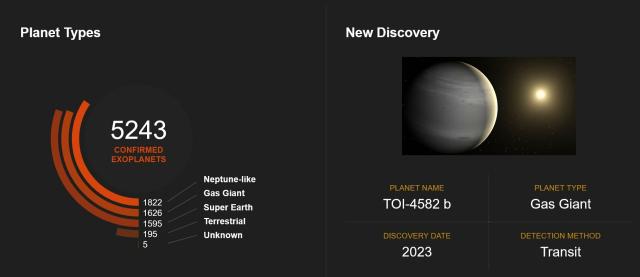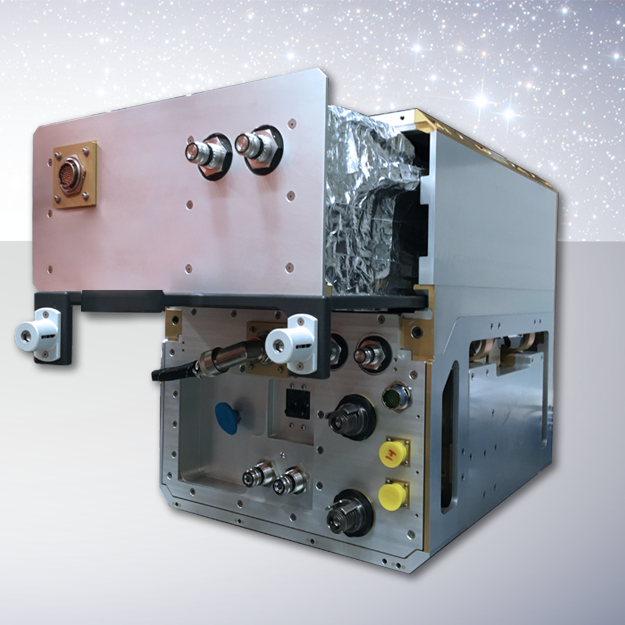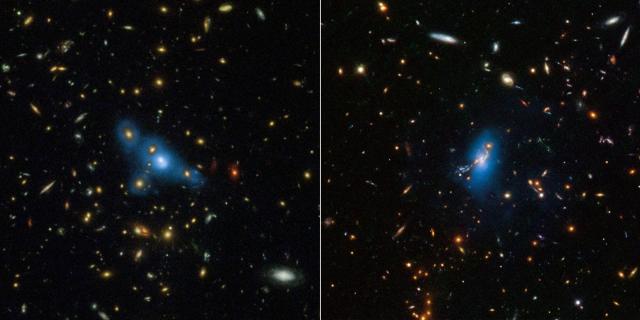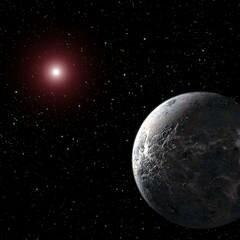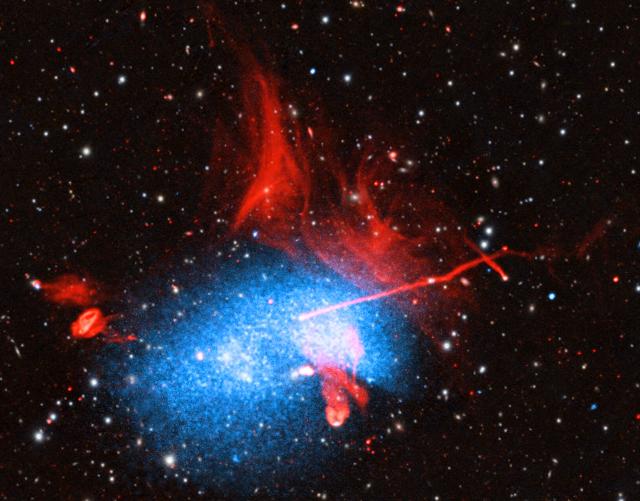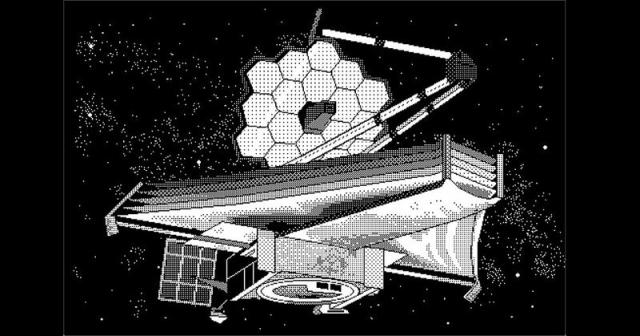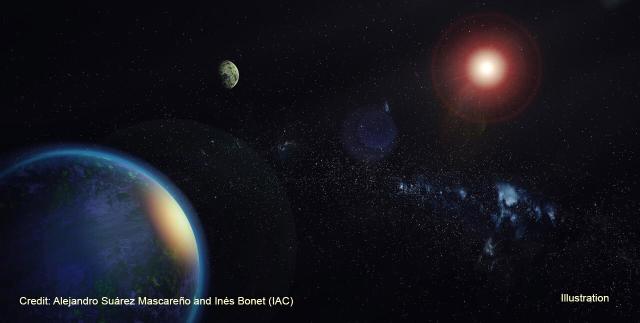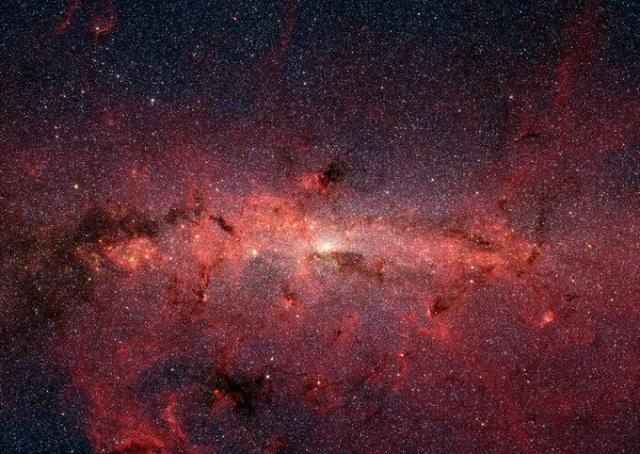Search
Items tagged with: NASAExoplanets
Oh sure, @nasa goes out there squeezing all the planets for soft centres and by the time the rest of us get there it's nothing but hard taffy left!
#NASAExoplanets
Study Finds Venus’ ‘Squishy’ Outer Shell May Be Resurfacing the Planet
The research uses archival NASA data to show that Venus may be losing heat from geologic activity in regions called coronae, possibly like early tectonic activity on Earth.Tony Greicius (NASA)
#NASAExoplanets
NASA's Webb Reveals an Exoplanet Atmosphere as Never Seen Before
Webb's firsts keep coming: Observations of the exoplanet WASP-39 b show fingerprints of atoms and molecules, as well as signs of active chemistry and clouds.Exoplanet Exploration: Planets Beyond our Solar System
Shining bright to see. What you could truly be.🎶
Once again, @NASAWebb unveils our universe. Here you can see *some* of the stars of a globular cluster. Even very dim, low mass stars can be seen. (A feat!) go.nasa.gov/3ILMCMB
#NASAExoplanets
#NASAExoplanets
#NASAExoplanets
NASA's Chandra Discovers Giant Black Holes on Collision Course
NASA’s Chandra X-ray Observatory helped identify two pairs of dwarf galaxies on track to merge.Lee Mohon (NASA)
#NASAExoplanets
#NASAExoplanets
NASA’s NuSTAR Telescope Reveals Hidden Light Shows on the Sun
Some of the hottest spots in the Sun’s atmosphere appear in the telescope’s X-ray view.Naomi Hartono (NASA)
#NASAExoplanets
@NASAHubble and @NASAWebb have now both observed spiral galaxy NGC 7496, providing data across multiple wavelengths of light. Webb's infrared ranges help us see how stars and galaxies form. go.nasa.gov/3Z3u6ol
#NASAExoplanets
NASA’s Webb Reveals Networks of Gas and Dust in Nearby Galaxies
Researchers using NASA’s James Webb Space Telescope are getting their first look at star formation, gas, and dust in nearby galaxies with unprecedented resolution at infrared wavelengths.Jamie Adkins (NASA)
About 1,900 light-years away in the constellation Eridanus, six stars are entwined in an elaborate dance. Three two-star pairs orbit each other, and all six move in synchronicity.
go.nasa.gov/40ZucPH
#NASAExoplanets
Discovery Alert: First Six-star System Where All Six Stars Undergo Eclipses
Astronomers found the first six-star system where all of the stars participate in eclipses, a discovery made by NASA’s Transiting Exoplanet Survey Satellite (TESS). The system is about 1,900 light-years away in the constellation Eridanus.Exoplanet Exploration: Planets Beyond our Solar System
#NASAExoplanets
Discovery Alert: First Six-star System Where All Six Stars Undergo Eclipses
Astronomers found the first six-star system where all of the stars participate in eclipses, a discovery made by NASA’s Transiting Exoplanet Survey Satellite (TESS). The system is about 1,900 light-years away in the constellation Eridanus.Exoplanet Exploration: Planets Beyond our Solar System
#NASAExoplanets
NASA’s Webb Reveals Networks of Gas and Dust in Nearby Galaxies
Researchers using NASA’s James Webb Space Telescope are getting their first look at star formation, gas, and dust in nearby galaxies with unprecedented resolution at infrared wavelengths.Jamie Adkins (NASA)
#NASAExoplanets
Super-Earth | Planet Types – Exoplanet Exploration: Planets Beyond our Solar System
Super-Earths – a class of planets unlike any in our solar system – are more massive than Earth yet lighter than ice giants like Neptune and Uranus, and can be made of gas, rock or a combination.Exoplanet Exploration: Planets Beyond our Solar System
@NASAWebb's latest image reveals never-before-seen details in Pandora’s Cluster. The combined mass of the galaxies creates a powerful gravitational lens, allowing much more distant galaxies in the early universe to be seen. go.nasa.gov/3YuWShE
#NASAExoplanets
NASA’s Webb Uncovers New Details in Pandora’s Cluster
Astronomers have revealed the latest deep field image from NASA’s James Webb Space Telescope, featuring never-before-seen details in a region of space known as Pandora’s Cluster (Abell 2744).Jamie Adkins (NASA)
You look great, btw💖
#NASAExoplanets
#NASAExoplanets
5,300 light-years away, two stars are locked in a fiery dance. They come together every 8 years with such force that stellar material is blown away. Each meeting forms a new ring. @NASAWebb captured a century+ of this dance. go.nasa.gov/3RYZlwG
#NASAExoplanets
Star Duo Forms ‘Fingerprint’ in Space, NASA’s Webb Finds
A new image shows at least 17 dust rings created by a rare type of star and its companion locked in a celestial dance.Tony Greicius (NASA)
#NASAExoplanets
Happy Valentine's Day
Send your love from outer space! Share or download six out-of-this-world valentines to send to your space-ial someone.Exoplanet Exploration: Planets Beyond our Solar System
#NASAExoplanets
NASA’s Satellites Help with Turkey, Syria Earthquake Response
Following the magnitude 7.8 and 7.5 earthquakes that struck southern Turkey and western Syria Feb. 6, NASA is working to share its aerial views and data from space in ways that can aid relief and recovery workers in the region, as well as improve its…Cheryl Warner (NASA)
#MondayMotivation: Alone or together, we see your glow!💖 go.nasa.gov/2kivGRZ
#NASAExoplanets
The Pillars of Creation
These towering tendrils of cosmic dust and gas sit at the heart of M16, or the Eagle Nebula.NASA
#NASAExoplanets
#NASAExoplanets
Observing Exoplanets: What Can We Really See?
Exoplanets are far away, and they are often obscured by the bright light of the stars they orbit. So, taking pictures of them the same way you'd take pictures of, say, Jupiter or Venus, isn't easy.Exoplanet Exploration: Planets Beyond our Solar System
We can't wait to see what's next! go.nasa.gov/4850
#NASAExoplanets
#NASAExoplanets
‘Heroic' Space Telescopes See Skies Packed With Planets
A superhero team of space telescopes has been working tirelessly to discover exoplanets and unveil their secrets. Now, a new superhero joins the team—the James Webb Space Telescope. What will it find?Exoplanet Exploration: Planets Beyond our Solar System
This sonification of the @NASAHubble Ultra Deep Field (2014) plays a note for each galaxy when it emitted the light seen in the image. In under a minute, we can hear back nearly 13 billion years to the farthest galaxies. go.nasa.gov/3xr2EVT
#NASAExoplanets
Explore - From Space to Sound
NASA.gov brings you the latest images, videos and news from America's space agency. Get the latest updates on NASA missions, watch NASA TV live, and learn about our quest to reveal the unknown and benefit all humankind.NASA
@nasa's upcoming flagship observatory, @NASARoman, clears another hurdle before 2027 launch. See what's ahead for the space telescope that will discover exoplanets and demo technology to enable their direct imaging (and so much more!): nasa.gov/image-feature/goddard…
#NASAExoplanets
High-Gain Antenna for NASA’s Roman Mission Clears Environmental Tests
Engineers at NASA's Goddard Space Flight Center in Greenbelt, Maryland, have finished testing the high-gain antenna for the Nancy Grace Roman Space Telescope.Ashley Balzer (NASA)
#NASAExoplanets
GMS: Periodic Table of the Elements: Origins of the Elements
The periodic table organizes all the known elements by atomic number, which is the number of protons in each atom of the element.go.nasa.gov
Researchers found a surprise in @NASAWebb's calibration data: an asteroid the size of Rome’s Colosseum — between 300 to 650 feet (100 to 200 meters) in length! It may be the smallest object (illustrated here) detected by Webb. go.nasa.gov/3Yt43Xm
#NASAExoplanets
Webb Detects Extremely Small Main Belt Asteroid
An asteroid roughly the size of Rome’s Colosseum — between 300 to 650 feet (100 to 200 meters) in length — has been detected by an international team of European astronomers using NASA’s James Webb Space Telescope.Jamie Adkins (NASA)
We've discovered 5,243 planets beyond our own solar system – exoplanets – so far.💫 Each week we add to the known worlds.
#MondayMotivation: Search for understanding wherever you can.
exoplanets.nasa.gov
#NASAExoplanets
Exoplanet Exploration: Planets Beyond our Solar System
NASA’s Exoplanet Exploration Program, the search for planets and life beyond our solar system.Exoplanet Exploration: Planets Beyond our Solar System
upon a star... 🎵
Do you wish for planets? We do! There are more planets than stars in our galaxy. And @NASAHubble reveals the birth of stars in our galactic neighborhood in the Tarantula Nebula, home to the hottest, most massive stars. go.nasa.gov/3RsBMOh
#NASAExoplanets
Hubble’s New View of the Tarantula Nebula
A snapshot of the Tarantula Nebula (also known as 30 Doradus) is featured in this image from the NASA/ESA Hubble Space Telescope.Andrea Gianopoulos (NASA)
That's how the light gets in🎵
The blue glow from @NASAHubble data reveals stars wandering across galaxy clusters. Billions of years ago the stars were shed from their parent galaxies and now drift through space. go.nasa.gov/3JuqFST
#NASAExoplanets
Hubble: Ghost Light Among Galaxies Stretches Far Back In Time
In giant clusters of hundreds or thousands of galaxies, innumerable stars wander among the galaxies like lost souls, emitting a ghostly haze of light.Andrea Gianopoulos (NASA)
go.nasa.gov/40pmRID
#NASAExoplanets
Overview | What is an Exoplanet? – Exoplanet Exploration: Planets Beyond our Solar System
What is an exoplanet? How many exoplanets are there? Who discovers exoplanets? Learn all about the search for planets outside our solar system in NASA's Exoplanets 101.Exoplanet Exploration: Planets Beyond our Solar System
@ChandraXRay helps reveal a massive knot-like collision of galaxy clusters ~780 million light-years from Earth. With black holes and other phenomena at work, galaxy clusters are the largest particle accelerators in the universe! go.nasa.gov/3JpWqfQ
#NASAExoplanets
Untangling a Knot of Galaxy Clusters
Astronomers have captured a chaotic scene of mergers and collisions between at least three galaxy clusters.Lee Mohon (NASA)
#MondayMotivation: Don't let anyone dim your light. SHINE✨go.nasa.gov/3kOmWW1
#NASAExoplanets
#NASAExoplanets
#NASAExoplanets
Discovery Alert: Two 'Nearby' Worlds Might be Habitable
Two newly discovered planets, about as massive as Earth, orbit within the habitable zone around their star – in a system only 16 light-years away.Exoplanet Exploration: Planets Beyond our Solar System
#NASAExoplanets
NASA Day of Remembrance
Day of Remembrance: Remembering NASA's Heroes, #NASARemembers Each January NASA pauses to honor members of the NASA family who lost their lives while furthering the cause of exploration and discovery, including the crews of Apollo 1 and space shuttle…NASA
Just 16 light-years from us, two Earth-sized planets are hugging their star in its habitable zone (the distance at which liquid water *could* exist on the surface). And their once-fiery star may have mellowed as a host.
go.nasa.gov/3XAJ2tL
#NASAExoplanets
Discovery Alert: Two 'Nearby' Worlds Might be Habitable
Two newly discovered planets, about as massive as Earth, orbit within the habitable zone around their star – in a system only 16 light-years away.Exoplanet Exploration: Planets Beyond our Solar System

